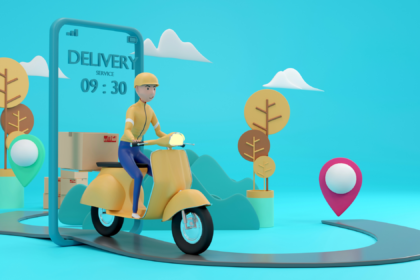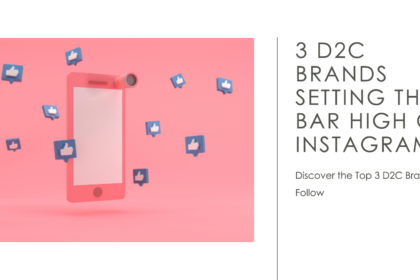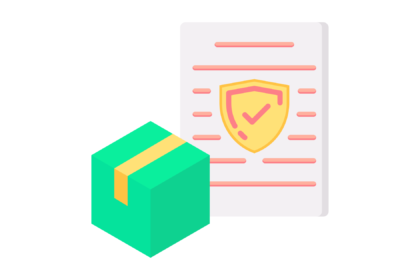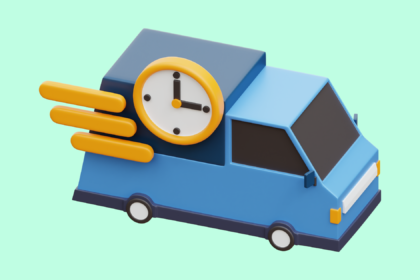
It makes absolute sense to invest time, effort and money in a prototype before you go ahead with the actual product. With the advent of superior technology that is available today, prototypes are built for any product that is built. 3D printers give dimensions to what you have in mind. Want to build a ship? Print it out on paper first. You can include the most minute details when you prototype. Each unit/component of the final product can be individually prototyped, to analyze each unit effectively.
A prototype has no functionality. But why is it important to build a prototype? Today, most businesses do not venture into product development without a detailed prototype. What are the benefits of prototyping in product development?
Attracting funds:
When you want funding from an external source, you have something to show potential investors. The investor gets to see your vision for the product, before investing in your venture. You cannot really expect an investor to hand you money without showing them something. And a prototype serves this purpose very well. The prospective investor gets a clear picture of what you are talking about. So, along with technical documents, business plans and excel sheets, it is very important to include a prototype.
Final Look:
A prototype offers the user an idea about how the product is going to look once it’s developed. It drives across the proposed functionality before it becomes functional.
Early visibility:
Prototyping enhances early visibility of the product that is built. It gives real dimensions to a virtual product. In case, there are design flaws, is it easy to figure them out if a prototype is in place. This helps detecting flaws and setting them right before it becomes troublesome. With every edit, the prototype is also redone to fit in with the new development project.
Facilitates Feedback:
With increase in development speed, it is possible to get immediate feedback from users. This eliminates redundant or unnecessary features at the earliest stages of development. This can help vastly reduce development and testing time over the course of a product’s life. Feedback on prototypes reduces operating costs and the element of risk associated with the launch of a new product. Based on received feedback, the prototype is designed to be ergonomically right, user interface is improved upon and efficiency is generally increased.
Improved communication:
There is better communication between the user and designer. This is so, because requirements and expectations are expressed in the initial stages itself. This results in a lot less rework. In the initial stages, various team members see the prototype and discuss what works, what doesn’t work and exchange their doubts and apprehensions that can be resolved then and there. This communication bridge is strengthened and can improve the overall efficiency of the team in times to come.







